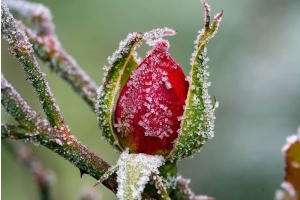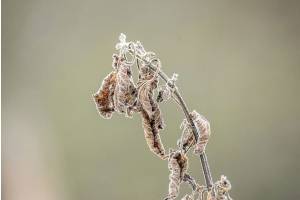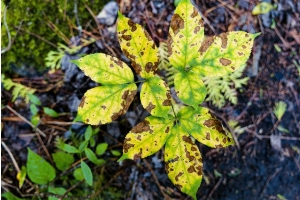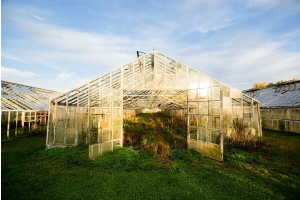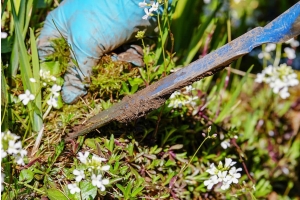How To Set Up Your Greenhouse For Spring: A Beginner's Guide
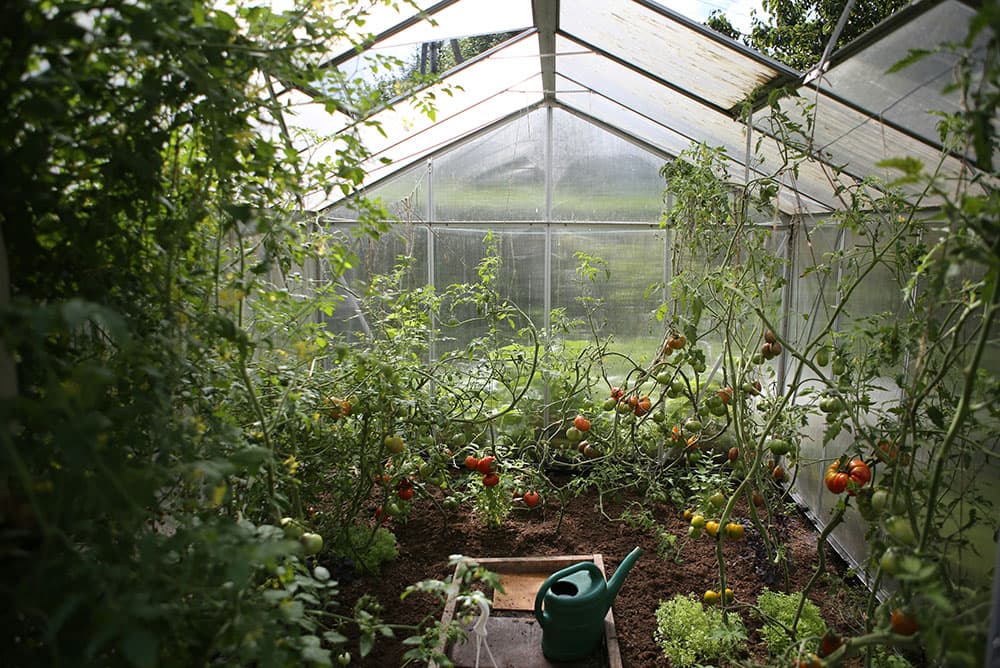
Spring is an exciting time to get into gardening. Summer is just around the corner, the weather is heating up, and you can finally start putting together your dream garden after spending so much time planning and developing your planting calendar.
Whether you dream of growing your own vegetables for a healthy spring salad or beautifying your home by adding a bouquet of dazzling flowers, getting started in a greenhouse is a clever way to give your plants the best possible start to the year.
Throughout this article, we'll give you some basic beginner tips and greenhouse setup ideas to help you get the most out of your greenhouse.
How Do I Set Up A Greenhouse Effectively?
Part of utilising a greenhouse effectively is identifying what you want to achieve with the space. Plenty of budding gardeners will rush to start the year by sowing their seeds directly into their gardens or outdoor beds.
More experienced gardeners, however, have started preparing for the year already and are now beginning to rotate their spring crops from the warm embrace of their greenhouse to the slightly cooler air of an outside bed, utilising the extra indoor space to start their more frost-sensitive plants.
For the beginner gardener, there are plenty of great ways to make a greenhouse into a good investment, including:
Germination
A variety of seeds benefit from being germinated before planting. Manual germination gets the seed started, giving it the best chance to grow into a healthy adult plant.
But germination works best in a warm, damp environment that's protected from the elements. A greenhouse is an excellent choice for this process as it allows you to control both the internal temperature and the humidity, creating the perfect environment to germinate your seeds.
Pests
Young plants are particularly vulnerable to all sorts of different pests. Although netting and pest-repelling plants can offer some protection, a greenhouse is a much more controllable environment, protecting your plants from birds, insects and any other visitors that might want to take a bite out of your garden.
Heat Regulation
Different plants have different needs, and this includes heat. Using a greenhouse with vents and an appropriate heat source ensures that your plants get the perfect temperature to help them thrive.
For optimal temperatures, consider adding a thermometer or thermostat to give additional control and heat for more sensitive plants.
Water Regulation
Much like with heat, different plants develop better at various humidity levels.
By attaching drains to your greenhouse, you can collect water in a water butt for hydrating your plants. It can also be a good idea to keep some water in your greenhouse by adding a small amount to an open container, like a bucket, or by misting the floor. As the water evaporates, it adds humidity to the air, helping hydrate your plants.
Preparing For Next Winter
Seasoned gardeners know it is never too early to start thinking about next winter. After putting in time and effort developing your garden, you don't want to let it wither on the vine. Use next winter productively by germinating seeds in advance of Spring and getting an early start on the frost-sensitive flowers and vegetables, ready to plant as the seasons start turning.
Tips For Your Greenhouse Setup
The style of your greenhouse setup will vary depending on what plants you are trying to grow. However, we've collected a few general tips that can help a beginner gardener in most situations.
Elevate Your Pots and Beds
We know that warm air rises and cool air falls, so by raising your planters and pots off the ground, you will surround your plants with the warmest air possible. Elevation also helps to prevent pests like slugs and snails as it makes it harder for them to reach young plants.
Danish Trolleys are ideal for elevating your plants and seedlings, keeping them off the ground, improving aeration and maximising your available space.
Alternatively, if your greenhouse cannot accommodate the height of a Danish Trolley, our trucks and trolleys provide a smaller overall footprint with additional mobility, giving you the flexibility to move plants in and out of your greenhouse in line with the weather.
Find Some Automatic Vent Openers
Automatic Vent Openers are a tool that you attach to a greenhouse window. As the temperature rises, the vent opener's core expands, pushing a pin and opening the window to let warm air escape. The core contracts and reverses the process as it cools, closing the window and allowing your greenhouse to remain at the perfect temperature even on unexpectedly hot days.
Invest In Netting
Netting serves multiple purposes in any garden, including a greenhouse. For outside use, specific anti-bird nettings are available to protect your young plants and fruits from scavengers.
During unexpectedly strong sunlight, the heat and light can rapidly increase the temperature in a greenhouse and damage young plants. Shade netting is a fantastic, cost-effective and highly mobile solution to excess sunlight: simply cover the exposed area of your greenhouse to protect your plants from excess light, and then remove during more temperate periods.
Plan Your Water Source
Plants will generally prefer rainwater to tap water and, since many greenhouses don't have plumbing, a rain gutter combined with a water butt and a rain diverter kit is an effective, easy-to-build solution that will leave you with plenty of water without breaking the bank.
Keep A Planner
For all gardeners, the best advice is to plan out a planting schedule and stick to it. Each plant is different and has unique needs and growing time, so understanding what action needs to be taken and when is the most valuable tool a gardener can have and provides you with the greatest chance to grow strong, healthy plants.
What Should I Plant In Spring?
The real beauty of a greenhouse is how much it allows you to control the environment.
In the UK, the last frosts usually happen around the beginning of May, so many plants with poor weather resistance can’t be planted outside until after this point.
But Greenhouses provide a much greater level of stability than outside beds, so here are some great plants to get your greenhouse started in Spring:
- Brassicas: Vegetables like cabbage, cauliflower and broccoli are ideal to start in your greenhouse in spring. When the weather starts to warm up around May, simply transplant them outside to free up room in your greenhouse for your next crop of plants.
- Root Vegetables: Root vegetables like onion and beetroot do best in warm, sunny climates and are great contenders for space in a spring greenhouse setup.
- Carrots: Carrots also love sunny climates, but may start to wilt in warmer temperatures. As the heat rises, you may want to consider replanting them outside.
- Leafy greens: The perfect way to grow summer salads, leafy veg like lettuce, kale, spinach and chard all grow well in temperate environments. Like carrots, you may want to consider transplanting them outdoors as we approach summer, but they are a great way to get your spring started.
- Radishes: Radishes are a classic spring starter. Hardy, fast-growing and delicious, radishes are an excellent option for a beginner gardener as they have a slightly greater tolerance to heat and humidity than some other vegetables.
- Bulbs: Flowers grown from bulbs are incredibly hardy, beginner-friendly, and add colour and beauty to any garden. Flower bulbs like alliums or cannas are perfect for a spring start, ready to bloom for summer.
Build Your Perfect Greenhouse Setup with LBS Horticulture
Developing your greenhouse setup is a fun and exciting time for a new gardener. Whether you are looking for water storage, heat regulation or trying a new growing media, LBS Horticulture are here to help you build your dream garden.
If you have any questions about our products or the advice given in this post, please contact our team or browse our other blog posts to find tips, tricks and advice that will help you and your garden thrive.

